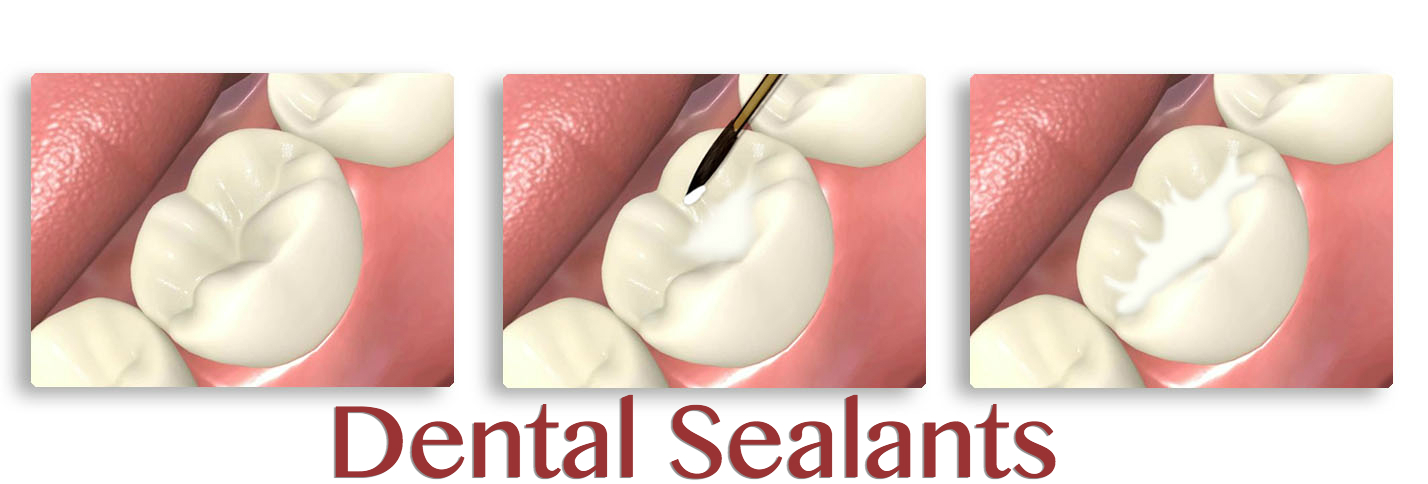With more nearly 1.5 million patients last year, adult orthodontics are certainly on the rise. Adulthood can certainly be a time where finances and resources align to make the dream of straighter teeth a reality. Wether used on their own or in combination with other cosmetic dental procedures, braces can create a dramatic change in almost any smile.
Many adult patients will opt for traditional wire-and-bracket braces. These orthodontic appliances are the most versatile option, achieving most tooth movements with ease. The entire procedure is overseen by an orthodontist, who directs and refines treatment on the fly. The most obvious drawbacks to this type of orthodontics is the esthetics of the exposed appliance. In fixing this, some specialists place tooth colored brackets that better blend in with the surrounding tooth enamel. A second drawback is the increased time devoted to oral hygiene. Brushing and (particularly) flossing become more difficult with a metal bar running across the teeth. However, there are many readily available products that make keeping your braces clean a no brainer.
For those wishing to avoid the appearance of traditional orthodontics, removable Invisalign trays might be an ideal choice. Here, a series of trays are custom fitted to your teeth to gently push them to their desired positions. Since nothing is truly anchored to the teeth/mouth, tooth movements take a longer time. Additionally, some types of adjustments are difficult/impossible without traditional braces. Invisalign works great for minor corrections, crowding, or correcting orthodontic relapse (for those who have reoccurring tooth movement after finishing childhood orthodontic treatment).
There are always a number of great options for perfecting and maximizing your smile. Braces and trays represent the ideal solution for those looking for straighter and more evenly spaced teeth. If you would like to know more about your cosmetic options, please call our office to schedule an exam!





















